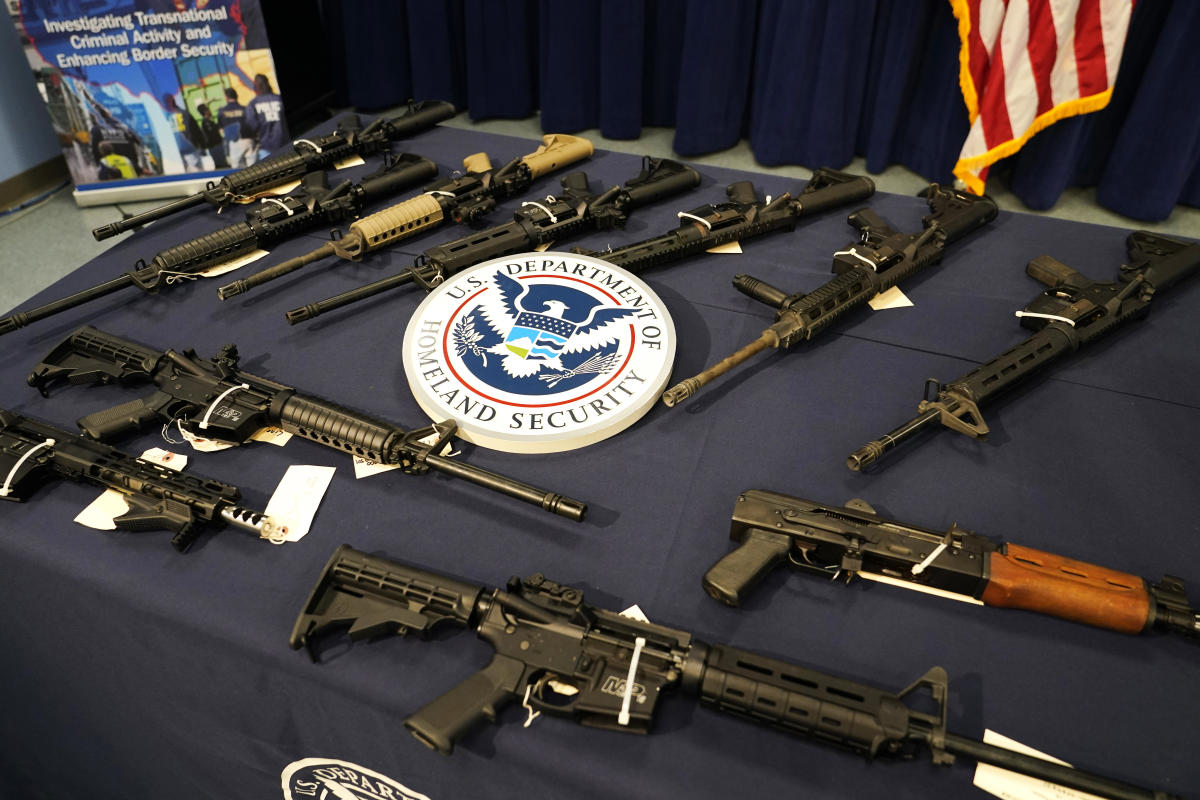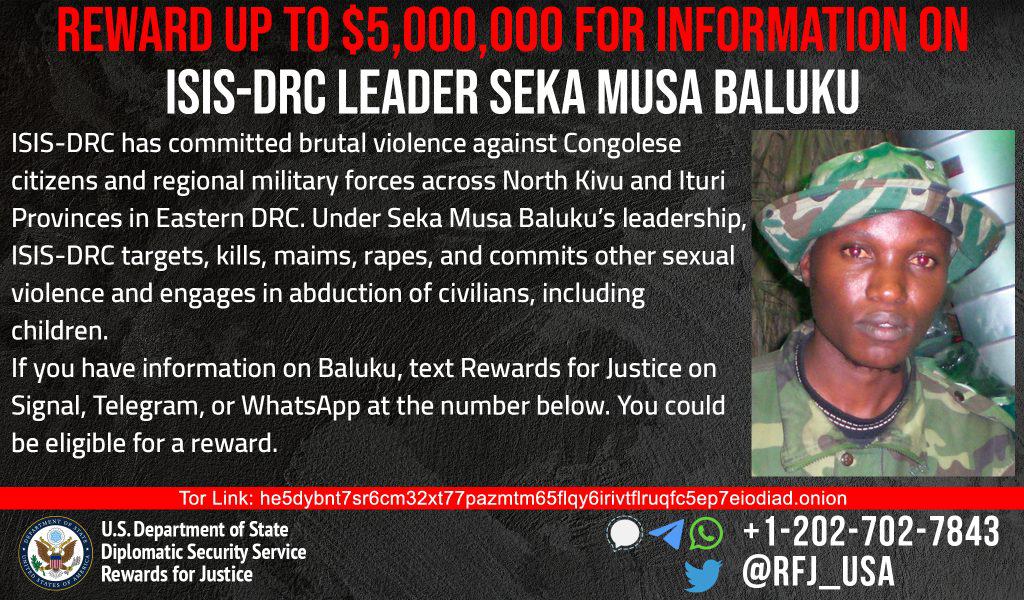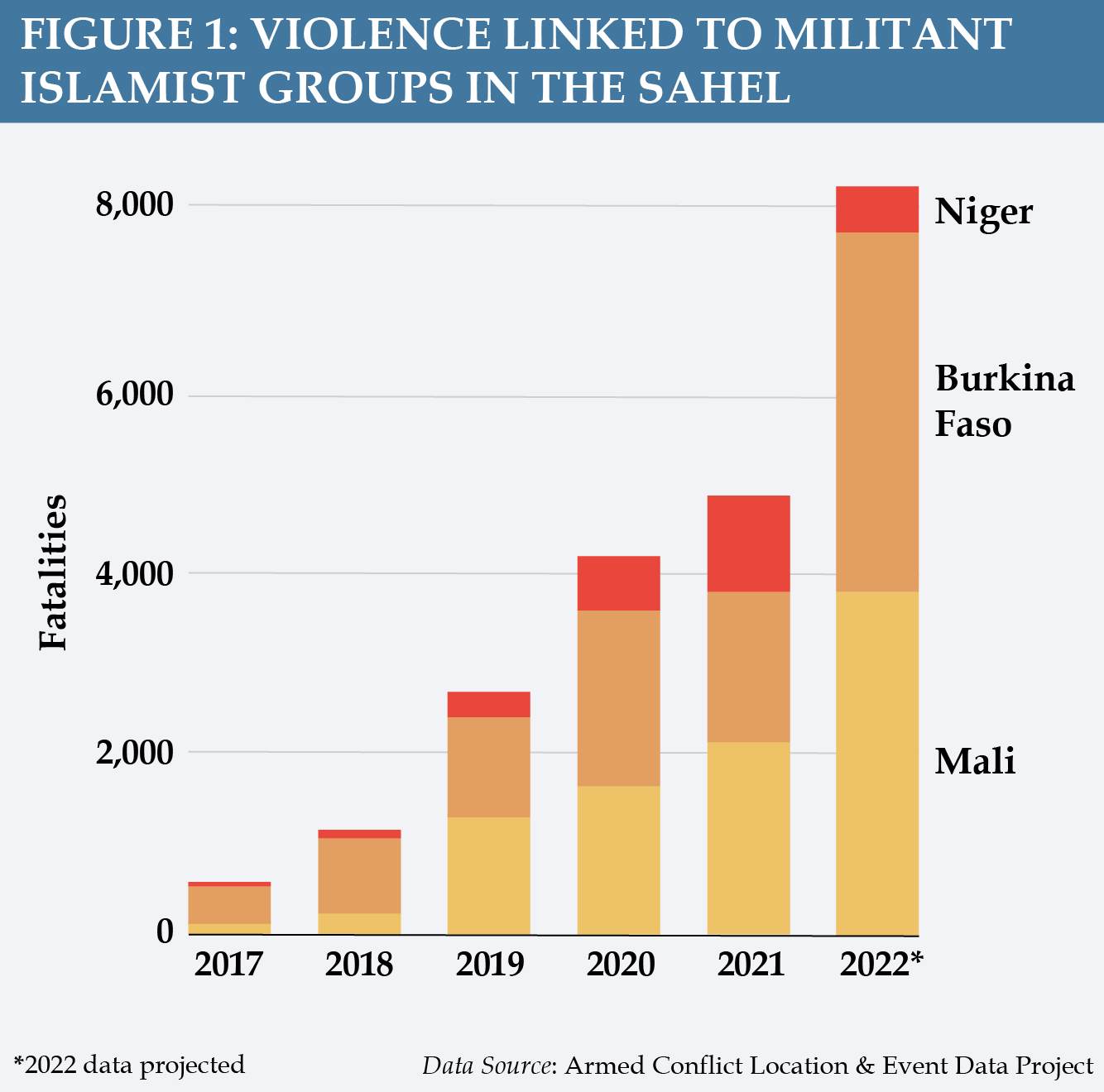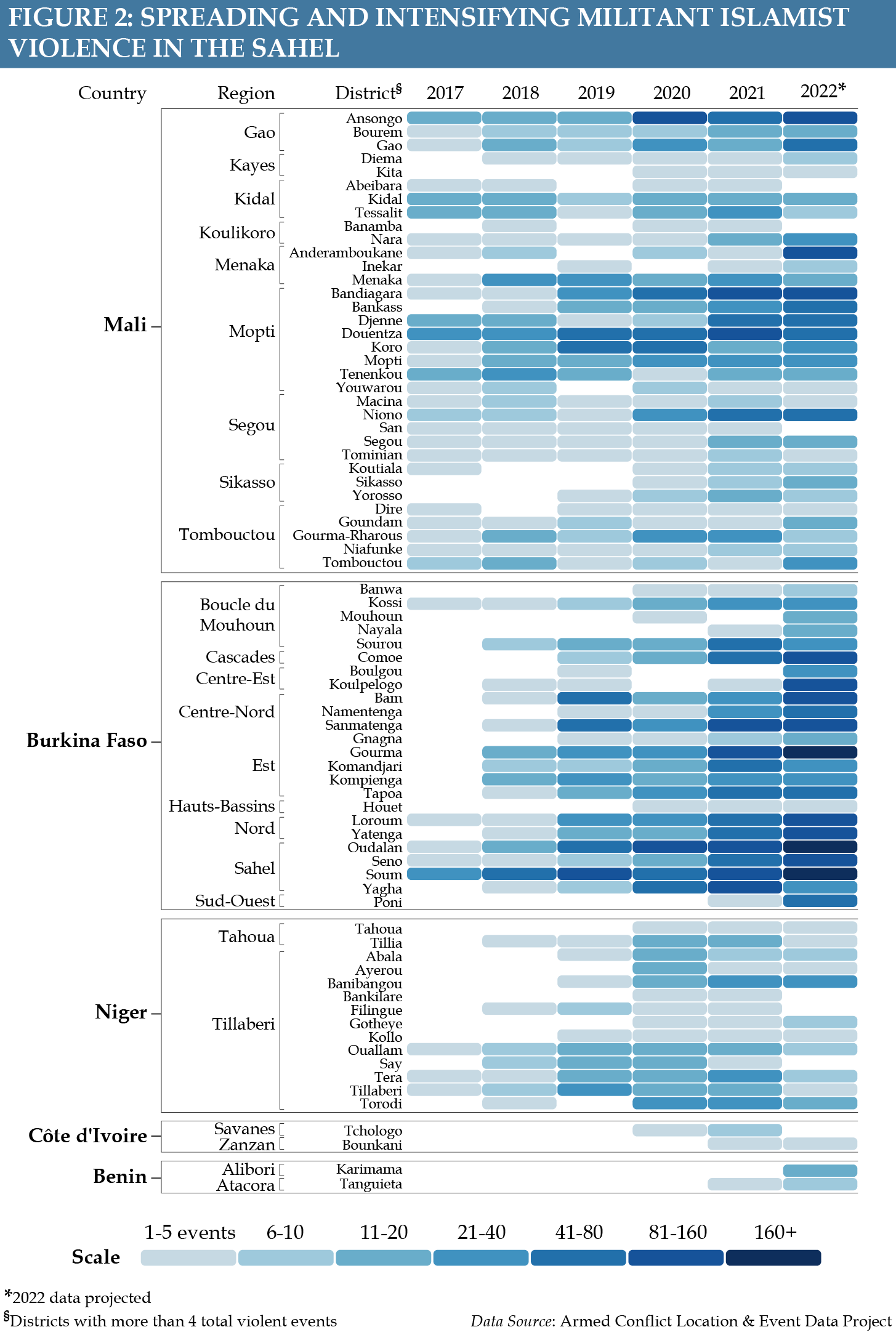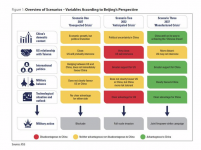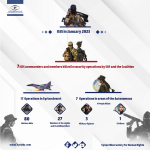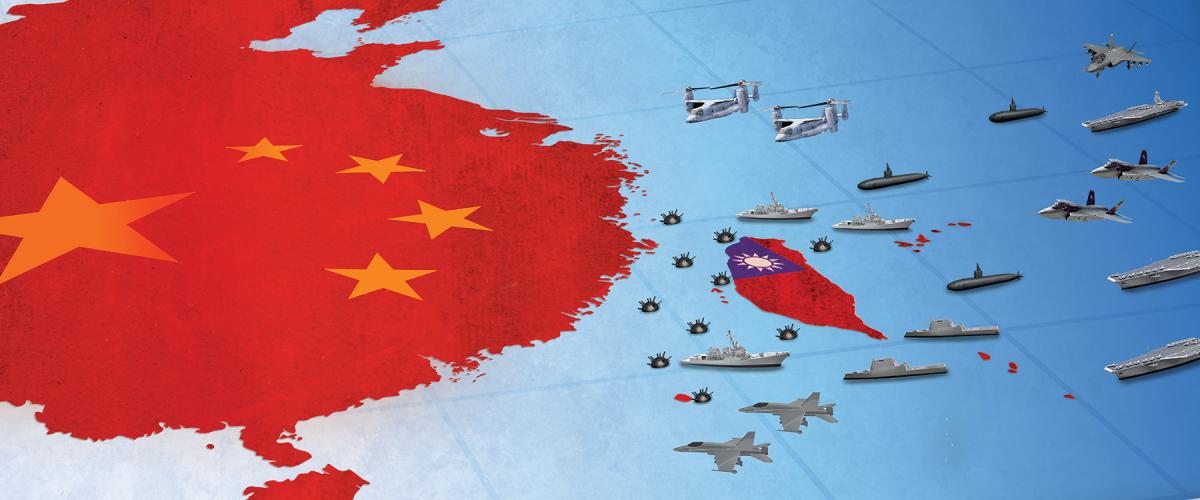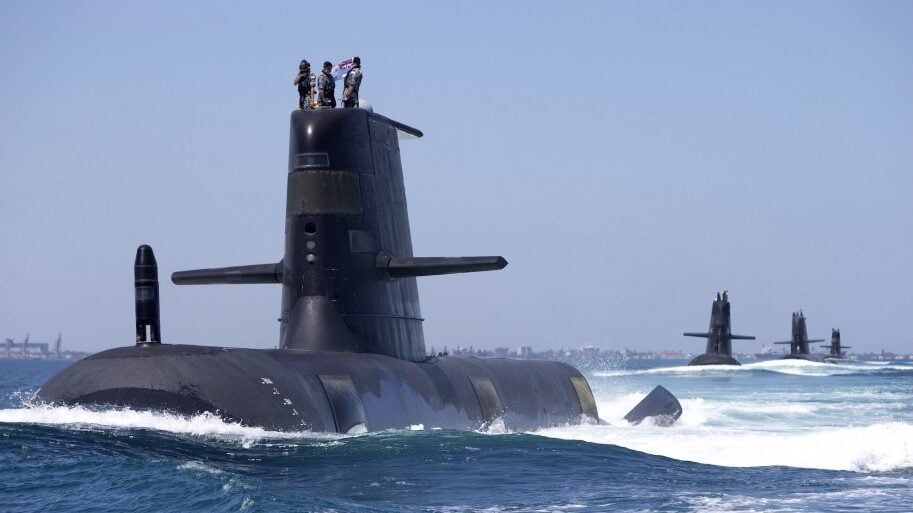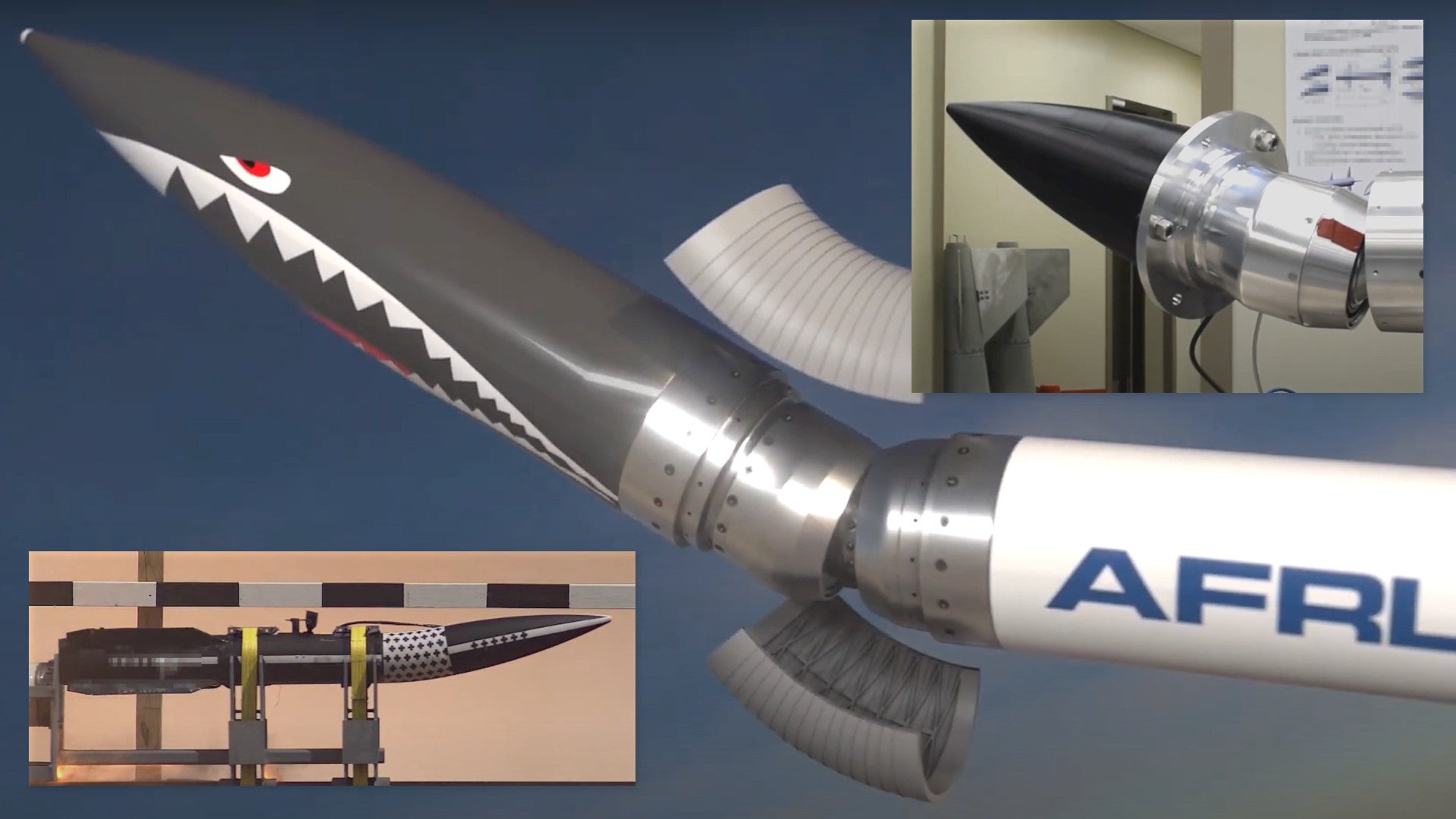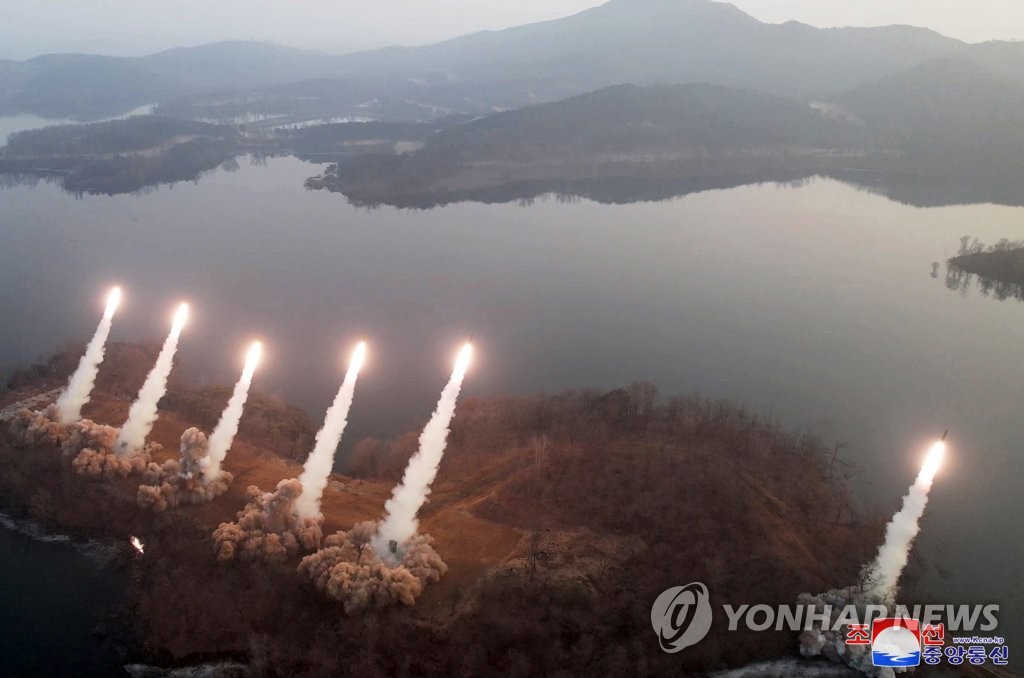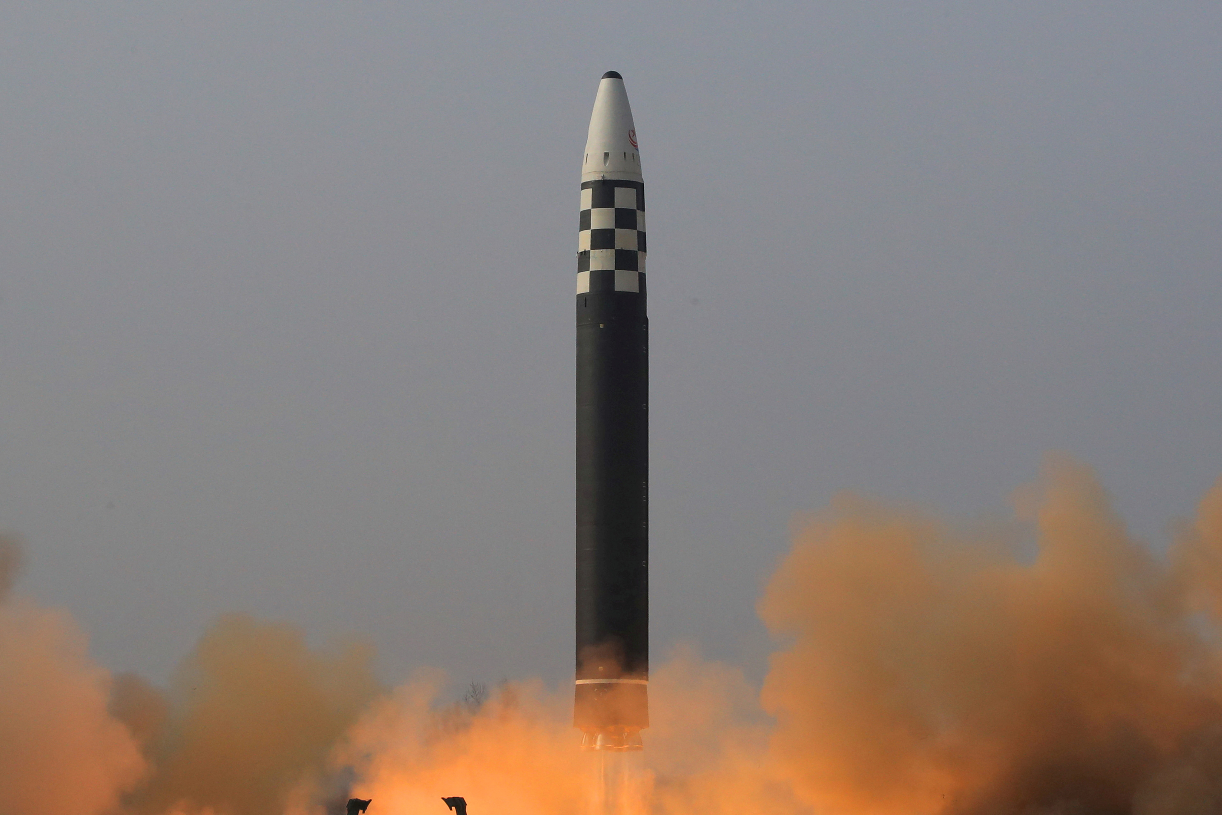(282) 02-11-2022-to-02-17-2022__****THE****WINDS****of****WAR****
Hummm........Once more no consideration of a strike upon Iran with ballistic weapons but focused upon aircraft.....
Posted for fair use.....
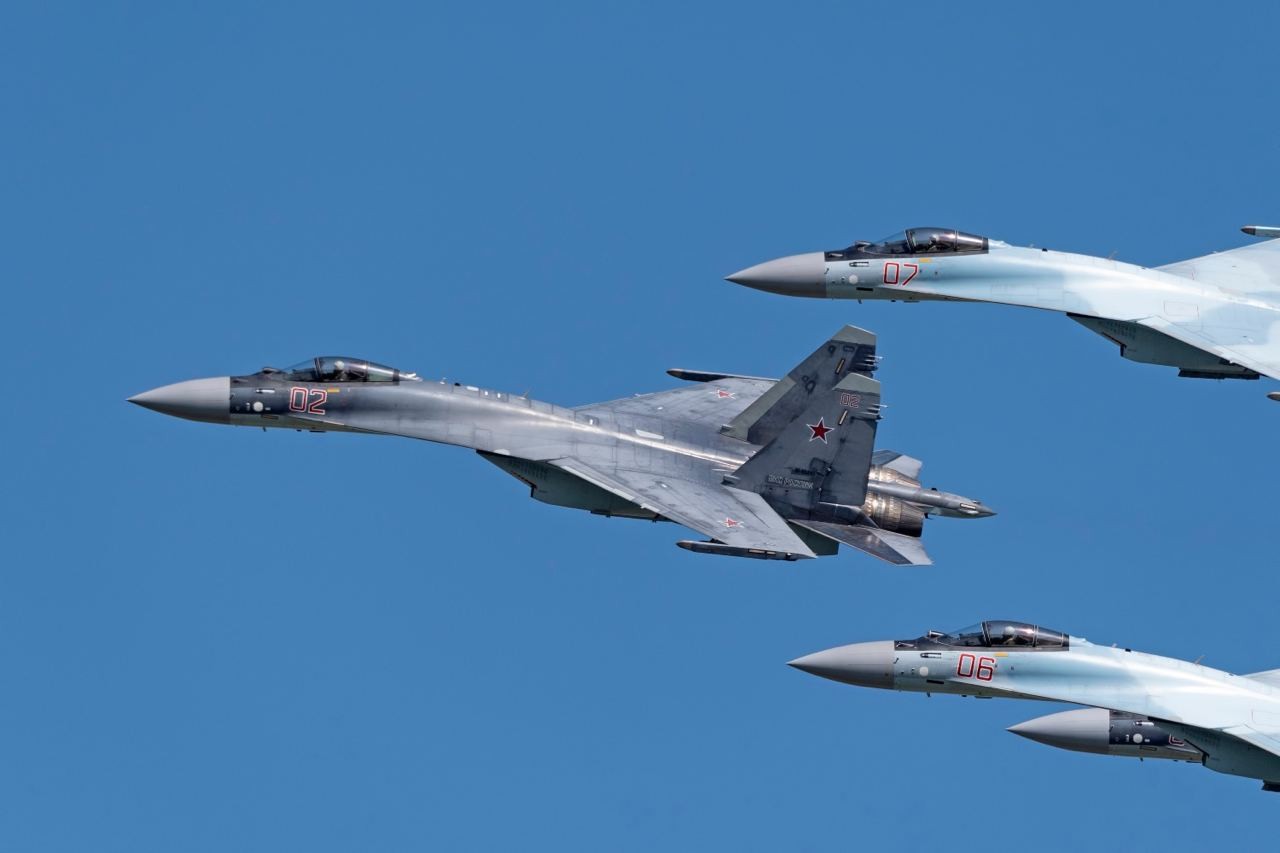
 eurasiantimes.com
eurasiantimes.com
EXPERT REVIEWS
By Sakshi Tiwari
March 4, 2023
Amid growing military cooperation between Iran and Russia, Israeli officials fear Iran’s possible acquisition of the Russian S-400 air defense system would narrow the window for a strike on Tehran’s nuclear sites.
Iran has allegedly asked Russia for a new S-400 air defense system, which could prove to be a disaster for Israel, The Jerusalem Post reported on March 2. The report further noted that even though Russia had not officially confirmed the news, the system could become operational in Iran about two years after its delivery.
S-400 is a mobile, surface-to-air missile system (SAM) that can engage aircraft, unmanned aerial vehicles (UAVs), cruise missiles, and ballistic missiles at their terminal stages. It is the fourth generation of long-range Russian SAMs, which China, India, and Turkey also operate.
The prospect of such an acquisition by Iran has reportedly rattled officials in the US and Israel. Bloomberg quoted some unnamed people in Israel and the US with knowledge of the discussions as saying that the prospect of Iran getting the S-400 would accelerate a decision on a possible Israeli attack on the country.
Further, Israeli Prime Minister Benjamin Netanyahu said of a strike on Iran at a security conference in Tel Aviv last week, “The longer you wait, the harder that becomes. We’ve waited very long. I can tell you that I will do everything in my power to prevent Iran from acquiring nuclear weapons.”
It is pertinent to note that Iran already operates the Russian S-300 air defense systems, and the Russian ambassador to Iran hinted in 2020 that the S-400 ‘could be’ delivered to Iran.
Iran has already developed its Bavar-373 air defense, which is believed to be a domestic version of the S-400.
In November last year, an upgraded Bavar-373 version reported a detection range of 450 kilometers and a tracking range of 400 kilometers. Military experts believe the more air defense systems Iran deploys, the harder it will become for Israel to carry out strikes on its facilities. This is the reason why a prospective S-400 acquisition has triggered concerns.
However, experts expressed skepticism at the prospect of the deployment of S-400 by Iran. Middle East Analyst Seth Frantzman told EurAsian Times, “Any acquisition of the S-400 would take an immense amount of time because the Iranians would need to be trained on it, and it takes time to deliver.
“There is little chance that Russia will send the system anytime soon. Considering how Russia also claimed it would provide Syria with the S-300 and that system has proven ineffective in Syria to deter any Israeli actions, it seems improbable that the S-400 would be deployed to Iran.”
Frantzman added, “Russia-Iran cooperation has the potential to change calculations in the Middle East in the wake of Iran sending drones to Russia. Russia has backed Iran in the past, but any claims of Russia sending warplanes or other systems have not been realized. Russia is cautious and needs resources at home.”
In December 2022, media reports suggested that Moscow could negotiate to supply the S-400 air defense system to Tehran amid a burgeoning military relationship between the two partners. Iran has also reportedly announced that it would be receiving at least two dozen Su-35 combat jets from Russia.
The perception in Israel is that the window for carrying out a strike on Iran’s rapidly growing nuclear program would narrow with this acquisition. If the S-400 air defense is delivered to Tehran this year, it will become operational by 2025.
According to a top Israeli official and a former senior American official, Iran will have enough enriched uranium to make ten bombs by the end of 2023, noted the Bloomberg report. Consequently, the calls for a strike are expected to grow louder in the foreseeable future.
In early February, at the time of Israeli Prime Minister Benjamin Netanyahu’s visit to France, a local French publication report stated that Israel had plans to form a military coalition with the Western powers to strike Iran. It said some 3,000 targets had been identified, and Israel wanted to take action quickly.
The report further stated that everything was ready on paper, and Israel had thoroughly studied its strategy to attack Iran. Even though these claims could not be independently corroborated, Tel Aviv has constantly signaled that it would strike Iran’s nuclear facilities using its F-35I Adir stealth aircraft.
Further, as Israel receives the KC-46A refueling aircraft from the United States by 2025, it will have an added long-range capability that would aid a strike on Iran’s military and nuclear facilities if the country goes ahead with the plan.
When asked whether the presence of S-400 air defenses in the country can complicate the situation for Israel, Iran military expert Patarames told EurAsian Times, “Iran is on the threshold of nuclear weapon capability. If Israel feels it’s worth a conflict to prevent that, they may do it. The end of such a conflict would be Iran attacking vital Israeli targets and Israel responding with about 3-4 nuclear strikes on Iran’s nuclear sites. So, no. S-400 would not be the reason for them to attack Iran.
“The only caveat is that Su-35 would just make any attempt by the IDF/AF for a serious airpower campaign against Iran very costly for them. Su-35 would hunt down returning Israeli fighters or disrupt their refueling.”
Further, it has been noted that Israel has been looking for support for a strike on Iran in the US. However, already preoccupied with a war in Europe, Washington has reportedly chosen not to give the green light to this adventure. Military experts have also warned that any such strike on Iran could snowball into a massive regional conflict.
Nonetheless, the US and Israel have been strengthening military cooperation. In late January, US Air Force F-35s launched from the USS George HW Bush flew hundreds of miles over the Mediterranean Sea and teamed up with Israeli F-35s to mimic a joint assault on surface-to-air missile batteries in the Negev desert.
In the aftermath of these drills, analysts and former US officials highlighted how many of the capabilities were startlingly similar to those needed by Israel to carry out long-range strikes against Iran’s nuclear sites, which displayed extraordinarily complicated abilities.
The calls for a strike in Israel are only expected to grow louder, especially in the wake of increasing Russia-Iran cooperation which has sent alarm bells ringing in the West.
China To Train 5000 Security Forces From Developing Countries Over Next 5 Years. But, How Does Beijing Benefit?
Next article
Meet Erdogan’s Private Army – SADAT – That Looks To Rival Russia’s Wagner & Wage Proxy War In Kashmir
(283) 02-18-2022-to-02-24-2022__****THE****WINDS****of****WAR****
(284) 02-25-2022-to-03-03-2022__****THE****WINDS****of****WAR****
_________________________________________________________________________________
Hummm........Once more no consideration of a strike upon Iran with ballistic weapons but focused upon aircraft.....
Posted for fair use.....

Su-35s Would 'Hunt Down' Returning Israeli Fighters: Iranian Expert Talks On Possible Strike On Nuclear Facility After S-400 Delivery
Amid growing military cooperation between Iran and Russia, Israeli officials fear Iran’s possible acquisition of the Russian S-400 air defense system would narrow the window for a strike on Tehran’s nuclear sites. Iran has allegedly asked Russia for a new S-400 air defense system, which could...
 eurasiantimes.com
eurasiantimes.com
Su-35s Would ‘Hunt Down’ Returning Israeli Fighters: Iranian Expert Talks On Possible Strike On Nuclear Facility After S-400 Delivery
EXPERT REVIEWS
By Sakshi Tiwari
March 4, 2023
Amid growing military cooperation between Iran and Russia, Israeli officials fear Iran’s possible acquisition of the Russian S-400 air defense system would narrow the window for a strike on Tehran’s nuclear sites.
Iran has allegedly asked Russia for a new S-400 air defense system, which could prove to be a disaster for Israel, The Jerusalem Post reported on March 2. The report further noted that even though Russia had not officially confirmed the news, the system could become operational in Iran about two years after its delivery.
S-400 is a mobile, surface-to-air missile system (SAM) that can engage aircraft, unmanned aerial vehicles (UAVs), cruise missiles, and ballistic missiles at their terminal stages. It is the fourth generation of long-range Russian SAMs, which China, India, and Turkey also operate.
The prospect of such an acquisition by Iran has reportedly rattled officials in the US and Israel. Bloomberg quoted some unnamed people in Israel and the US with knowledge of the discussions as saying that the prospect of Iran getting the S-400 would accelerate a decision on a possible Israeli attack on the country.
Further, Israeli Prime Minister Benjamin Netanyahu said of a strike on Iran at a security conference in Tel Aviv last week, “The longer you wait, the harder that becomes. We’ve waited very long. I can tell you that I will do everything in my power to prevent Iran from acquiring nuclear weapons.”
It is pertinent to note that Iran already operates the Russian S-300 air defense systems, and the Russian ambassador to Iran hinted in 2020 that the S-400 ‘could be’ delivered to Iran.
Iran has already developed its Bavar-373 air defense, which is believed to be a domestic version of the S-400.
In November last year, an upgraded Bavar-373 version reported a detection range of 450 kilometers and a tracking range of 400 kilometers. Military experts believe the more air defense systems Iran deploys, the harder it will become for Israel to carry out strikes on its facilities. This is the reason why a prospective S-400 acquisition has triggered concerns.
However, experts expressed skepticism at the prospect of the deployment of S-400 by Iran. Middle East Analyst Seth Frantzman told EurAsian Times, “Any acquisition of the S-400 would take an immense amount of time because the Iranians would need to be trained on it, and it takes time to deliver.
“There is little chance that Russia will send the system anytime soon. Considering how Russia also claimed it would provide Syria with the S-300 and that system has proven ineffective in Syria to deter any Israeli actions, it seems improbable that the S-400 would be deployed to Iran.”
Frantzman added, “Russia-Iran cooperation has the potential to change calculations in the Middle East in the wake of Iran sending drones to Russia. Russia has backed Iran in the past, but any claims of Russia sending warplanes or other systems have not been realized. Russia is cautious and needs resources at home.”
In December 2022, media reports suggested that Moscow could negotiate to supply the S-400 air defense system to Tehran amid a burgeoning military relationship between the two partners. Iran has also reportedly announced that it would be receiving at least two dozen Su-35 combat jets from Russia.
The perception in Israel is that the window for carrying out a strike on Iran’s rapidly growing nuclear program would narrow with this acquisition. If the S-400 air defense is delivered to Tehran this year, it will become operational by 2025.
Israel Continues To Threaten Strikes On Iran
Israeli leaders and military experts consider Iran’s nuclear program and the potential development of nuclear weapons by Tehran as the biggest security threat facing their country. These concerns have risen significantly after foreign observers recently discovered uranium enriched to 84% purity, just below the 90% required for weapons.According to a top Israeli official and a former senior American official, Iran will have enough enriched uranium to make ten bombs by the end of 2023, noted the Bloomberg report. Consequently, the calls for a strike are expected to grow louder in the foreseeable future.
In early February, at the time of Israeli Prime Minister Benjamin Netanyahu’s visit to France, a local French publication report stated that Israel had plans to form a military coalition with the Western powers to strike Iran. It said some 3,000 targets had been identified, and Israel wanted to take action quickly.
The report further stated that everything was ready on paper, and Israel had thoroughly studied its strategy to attack Iran. Even though these claims could not be independently corroborated, Tel Aviv has constantly signaled that it would strike Iran’s nuclear facilities using its F-35I Adir stealth aircraft.
Further, as Israel receives the KC-46A refueling aircraft from the United States by 2025, it will have an added long-range capability that would aid a strike on Iran’s military and nuclear facilities if the country goes ahead with the plan.
When asked whether the presence of S-400 air defenses in the country can complicate the situation for Israel, Iran military expert Patarames told EurAsian Times, “Iran is on the threshold of nuclear weapon capability. If Israel feels it’s worth a conflict to prevent that, they may do it. The end of such a conflict would be Iran attacking vital Israeli targets and Israel responding with about 3-4 nuclear strikes on Iran’s nuclear sites. So, no. S-400 would not be the reason for them to attack Iran.
“The only caveat is that Su-35 would just make any attempt by the IDF/AF for a serious airpower campaign against Iran very costly for them. Su-35 would hunt down returning Israeli fighters or disrupt their refueling.”
Further, it has been noted that Israel has been looking for support for a strike on Iran in the US. However, already preoccupied with a war in Europe, Washington has reportedly chosen not to give the green light to this adventure. Military experts have also warned that any such strike on Iran could snowball into a massive regional conflict.
Nonetheless, the US and Israel have been strengthening military cooperation. In late January, US Air Force F-35s launched from the USS George HW Bush flew hundreds of miles over the Mediterranean Sea and teamed up with Israeli F-35s to mimic a joint assault on surface-to-air missile batteries in the Negev desert.
In the aftermath of these drills, analysts and former US officials highlighted how many of the capabilities were startlingly similar to those needed by Israel to carry out long-range strikes against Iran’s nuclear sites, which displayed extraordinarily complicated abilities.
The calls for a strike in Israel are only expected to grow louder, especially in the wake of increasing Russia-Iran cooperation which has sent alarm bells ringing in the West.
- Contact the author at sakshi.tiwari9555 (at) gmail.com
China To Train 5000 Security Forces From Developing Countries Over Next 5 Years. But, How Does Beijing Benefit?
Next article
Meet Erdogan’s Private Army – SADAT – That Looks To Rival Russia’s Wagner & Wage Proxy War In Kashmir


